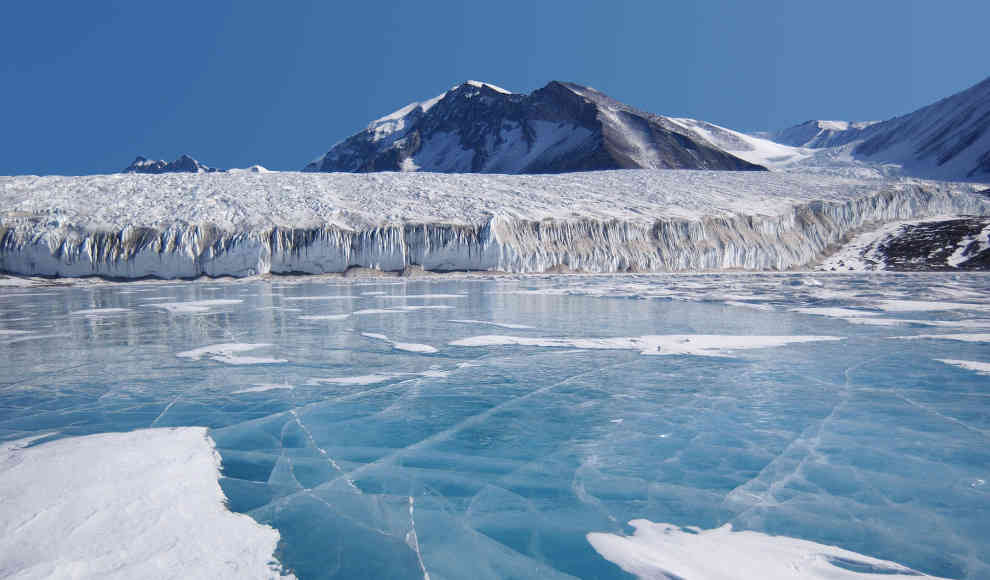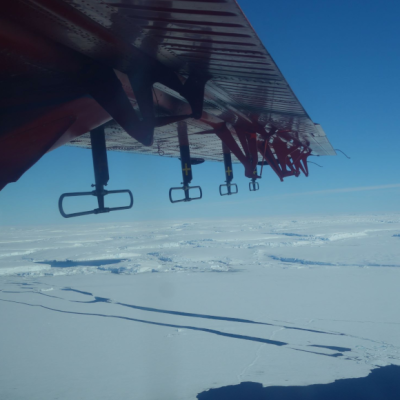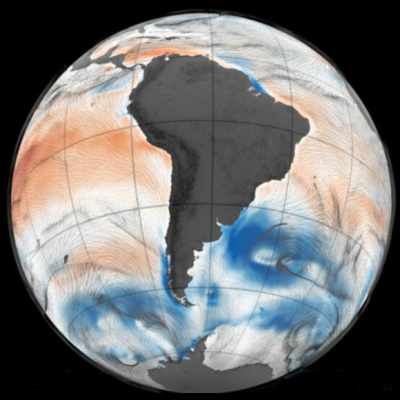In the coldest and most inhospitable continent on Earth, the Antarctic, scientists from Pennsylvania State University have observed a new weather phenomenon. According to a research article published in the Journal of Geophysical Research, a hundreds of kilometers long chain of clouds over the West Antarctic caused drizzle for more than seven hours at minus 25 degrees Celsius. This discovery has a significant impact on climate models because the factor that affects cloud formation and heat development on Earth has not been considered until now.
The scientific community had previously believed that drizzle occurs in low, layered clouds when the temperature is high enough for water droplets to condense, and ice formation does not occur. However, the temperature of the air and the cloud during the observation made by the scientists at the McMurdo research station in the West Antarctic was well below freezing. The researchers found that the unusually pure air in the region allowed the drizzle to form due to the supercooling effect. The lack of pollutants and airborne particles in the air meant that water could remain liquid even at temperatures below freezing.
The study suggests that this type of drizzle could occur more frequently in the Antarctic and the atmosphere over the Southern Ocean due to the low aerosol concentrations. As this process also affects cloud formation, the new findings must be incorporated into current climate models. The study’s lead author, Israel Silber, explains that “drizzle changes the lifespan of a cloud, and that, in turn, affects the amount of heat that reaches the Earth.” The research also showed that the cloud field of the Ross Ice Shelf on the Antarctic coast contained liquid water droplets, even in the interior.
In conclusion, the discovery of drizzle in the Antarctic due to the supercooling effect of extremely pure air has significant implications for climate models. The new findings must be incorporated into current models to better understand the impact of cloud formation on heat development on Earth.










